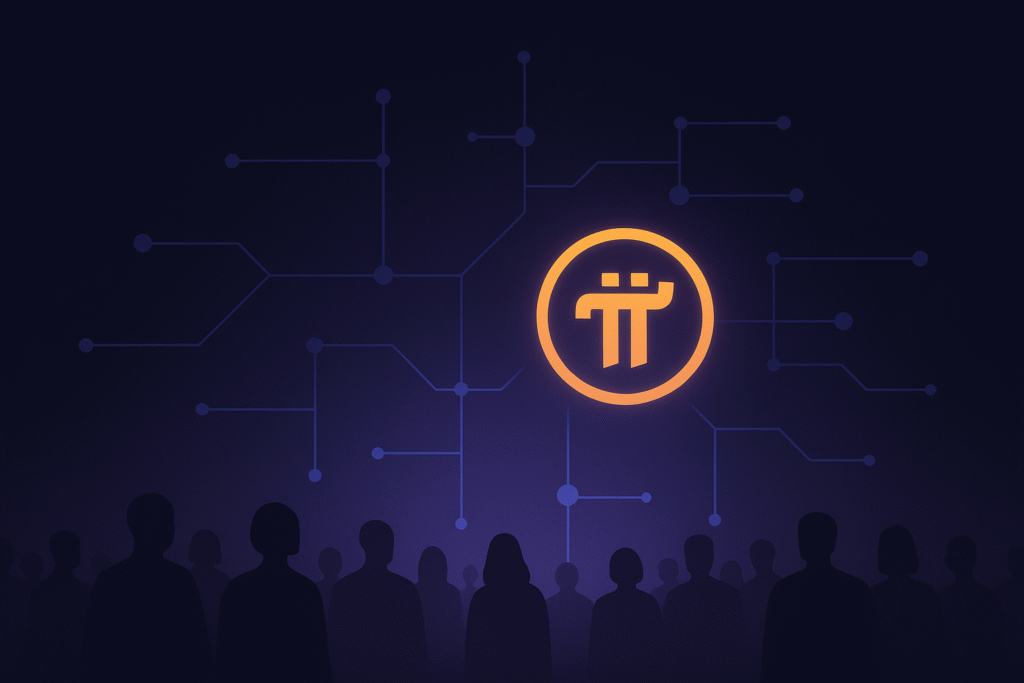When Pi Network co-founder Dr. Chengdiao Fan stepped on stage at TOKEN2049 in Singapore, the message was simple. Pi is moving beyond community building and into decentralized finance. The project has activated decentralized exchange functionality, automated market maker liquidity pools, and token creation on its Testnet. These tools are not new to DeFi, but Pi’s approach is. Instead of dropping them directly onto Mainnet, the network is asking its tens of millions of users to practice first.
Every swap, pool, and token launch will happen in a simulated environment using Test-Pi tokens. The move creates a kind of DeFi sandbox. Developers can test integrations, and users can experiment with liquidity mechanics, all without the fear of losing money. Pi’s design choice reframes DeFi from a high-stakes experiment into a learning process. It is not about speculation in the short term. It is about preparing a community to handle real decentralized markets when they arrive.
That decision is rooted in Pi’s philosophy. Since its launch, the network has argued that mainstream adoption will only come if crypto delivers practical value. Fan reiterated this point during her keynote. Most networks allow tokens to launch freely, which encourages speculation but rarely utility. Pi wants to flip that script. Token creation is open on Testnet for experimentation, but when Mainnet launches, new tokens will face rules meant to connect them to real use cases.
This distinction is critical to Pi’s long-term vision. Memecoins have shown the strength of community engagement, but also how fragile tokens without purpose can be. By demanding that tokens fuel applications, services, or governance, Pi is trying to build a system that lasts beyond hype cycles. For developers, that means thinking about how a token functions in practice rather than simply how quickly it can attract attention.
The ecosystem around these tools is already substantial. Pi Wallet connects directly to the new features. Pi KYC verifies that tokens go to real people. Other infrastructure, including .pi domains, a growing ad network, and staking tools, gives developers ways to design sustainable projects. Most blockchains struggle to balance technical upgrades with user adoption. Pi begins with an audience that numbers in the tens of millions and a toolkit designed to help them build.
Placing the announcement at TOKEN2049 also mattered. The conference is one of the largest in the industry and attracts developers, investors, and regulators. By using that stage, Pi signaled that it wants to be taken seriously in the broader DeFi conversation. The message was that Pi is no longer just a mobile mining app with a waiting community. It is positioning itself as a platform capable of supporting genuine decentralized applications.
Scale remains the key variable. Other chains have already proven that DEXs and AMMs work, but many have struggled to attract a mass audience beyond early adopters. Pi has the opposite challenge. The audience is already there, verified through KYC and engaged through its app. The question is whether they will take the step from passive users to active DeFi participants once Mainnet opens these tools.
That shift will not happen overnight. Pi has not given a timeline for Mainnet deployment, and for now, everything remains on Testnet. But the logic of the rollout is clear. DeFi adoption has slowed because the entry point feels too risky for most people. Pi’s model gives users a safe trial run. A Pioneer who has already practiced providing liquidity or swapping tokens with Test-Pi will be more confident when real value is at stake.
If this strategy works, Pi could demonstrate a new pathway for onboarding. Instead of throwing people into complex systems and letting them learn through trial and error, it is teaching first and launching second. That approach may be slower, but it could produce a more resilient ecosystem. For an industry searching for ways to reach beyond early adopters, Pi’s Testnet rollout is more than a technical update. It is a test of whether education and utility can drive mass adoption in DeFi.











